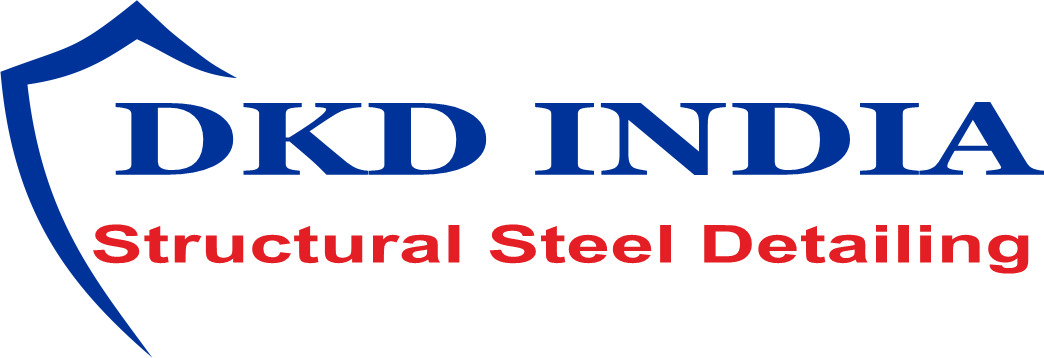A virtual dataroom (VDR) software platform enables users to keep and share confidential information online. Companies across many industries utilize it to facilitate projects like due diligence, M&A transactions, raising capital and audits.
The primary difference between a VDR and tools like Dropbox and Google Drive is that virtual data rooms place a premium on security over sharing capabilities. In this regard, they provide several features that are designed specifically to protect business documents from unauthorised access, such as permissions based on the user, detailed activity logs and customizable watermarking.
Furthermore, many virtual data rooms come with advanced search filters to enable users to locate documents in minutes. They also include the drag-and-drop upload tool, which permits users to upload large numbers of documents. Many VDRs also permit the upload of custom metadata that can be viewed and searched from within the platform.
Most VDRs have a clear and logical structure for files to organize data and make it easier to navigate. They typically have subfolders and folders that are numbered so that users can easily navigate the data room’s contents. They also have tools that allow for customization of the overall design and layout of the data room as they can add company branding, logos or color schemes, as well as a custom NDA. They also offer multiple ways to facilitate collaboration between the various stakeholders and teams.
